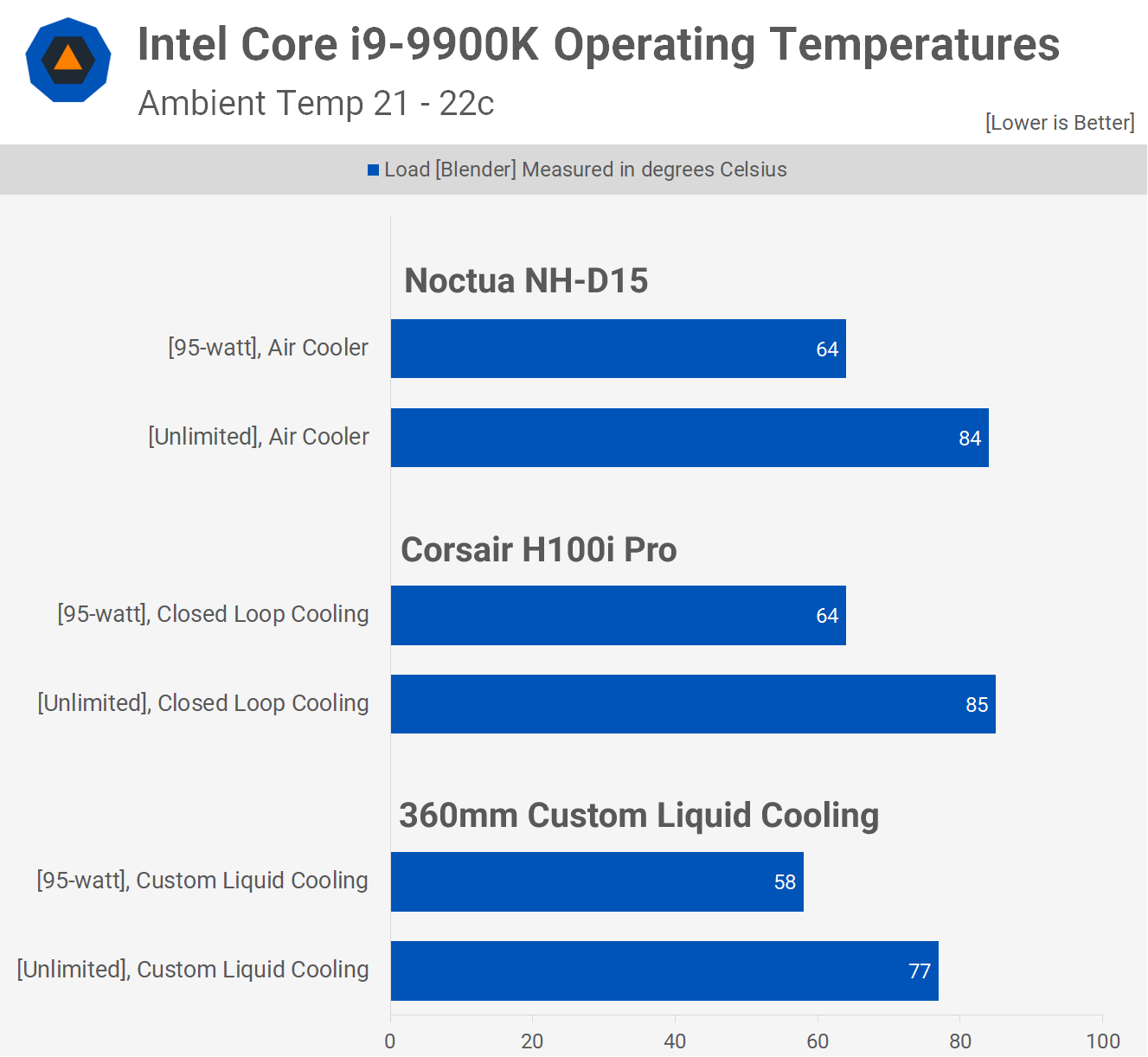- Apr 12, 2018
- 293
- 5
- 81
Hello, I think there is a NT-H1 thermal paste that came with the Noctua NH-D15S. For i9-9900K, is it better to use the new NT-H2? It looks like the improvement is not that much for this CPU platform. Is it risky to use a completely new product that has not been tested by real customers and reviewers?
https://noctua.at/en/performance-comparison-nt-h1-vs-nt-h2?___from_store=de
https://noctua.at/en/performance-comparison-nt-h1-vs-nt-h2?___from_store=de





